A New Perspective on the Universe: Is Expansion a Myth?
Written on
In contemplating the nature of the universe, I have often challenged a prevailing consensus in astrophysics regarding its expansion. Philosopher Thomas Kuhn proposed that science undergoes cycles of stability interrupted by revolutionary changes, wherein one framework of understanding is supplanted by another. His assertion from The Structure of Scientific Revolutions (1962) highlights that periods of "normal science," which are marked by a dominant paradigm, can persist for years. Astrophysics has operated under the assumption of an expanding universe for several decades, a belief that fundamentally shapes how we interpret cosmic phenomena.
Kuhn further posited that eventually, observations will arise that conflict with the established paradigm. Initially, such contradictory findings are dismissed as mere anomalies or minor hurdles that science will eventually resolve. The scientific community often resists acknowledging the shortcomings of established theories and the emergence of alternatives. However, as these anomalies accumulate, the prevailing scientific framework faces a crisis, leading to the rise of a new paradigm that can better accommodate the data, marking a scientific revolution (How We Are and How We Got Here, 2022).
The Current Paradigm
The widely accepted theory in astrophysics asserts that the universe originated from a "big bang," likely from a singularity, and that it has been continuously expanding since. This theory was formulated to account for the redshift observed in many galaxies, which scientists have correlated with the Doppler effect, inferring that a galaxy exhibiting a redshift is moving away from us—greater redshift signifying greater velocity. This assumption also leads to the notion that greater redshift indicates greater distance, a logic we will temporarily set aside. The prevalence of redshifted galaxies has led scientists to conclude that the universe is expanding, with galaxies receding from one another.
The beauty of the expanding universe theory lies in its mathematical coherence. However, for a theory to serve effectively as a paradigm in understanding reality, it must also align with observable phenomena. This is where the theory of an expanding universe falters, as it fails to account for all existing evidence.
Increasingly, anomalous data challenge the dominant astrophysical paradigm. Recently, researchers discovered ancient galaxies that shouldn't exist according to current understanding. A co-author of the study remarked, “We anticipated only tiny, young galaxies at this epoch, yet we’ve found galaxies as advanced as our own in what was previously thought to be the universe's infancy.”
This discovery does not surprise me; it is yet another significant indicator that the prevailing view of an expanding universe stemming from a "big bang" is flawed. This study is merely one instance in a growing stream of evidence suggesting otherwise. While astrophysics is complex, a straightforward prediction of the expanding universe theory can be empirically tested, allowing for a definitive evaluation of its validity.
The Theory’s Predictions
Cosmologists assert that the universe is indeed expanding. However, if this expansion has persisted for over 12 billion years, we should observe certain conspicuous evidence. The theory posits that as space expands, the matter within it becomes less densely packed, causing galaxies to drift further apart.
Introductory astronomy courses often utilize a raisin-in-dough analogy to illustrate this theory.
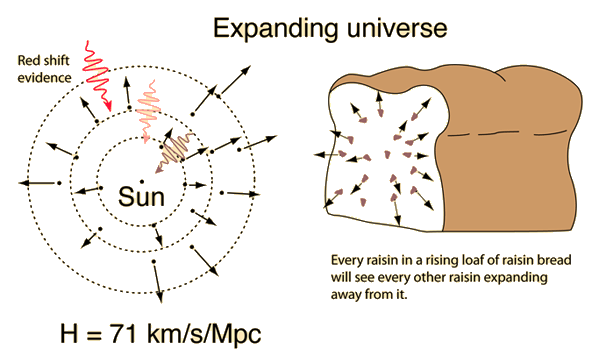
In this analogy, each raisin represents a galaxy, moving away from one another as the dough rises. Over time, the density of raisins within the loaf should diminish. We can observe this phenomenon in rising bread dough.
But does this analogy hold true for galaxies? The expanding universe theory predicts that as time progresses, the density of galaxies should decrease, with galaxies becoming more sparsely distributed across space. Given that the universe is billions of years old, this is not as straightforward as observing bread dough rise, yet we can analyze galaxy density across both space and time to validate or refute the expanding universe theory.
Analyzing the Evidence
A light year serves as a unit of both time and distance. When an object is one light year away, the light from that object takes a year to reach us, meaning we observe it as it was a year ago. Thus, when astronomers refer to galaxies billions of light years away, they are discussing those objects as they existed billions of years ago.
If we visualize a distance meter spanning billions of light years:
|. . . .|. . . .|. . . .|. . . .|. . . .|. . . .|. . . .|. . . .|. . . .|. . . .| 0. . . 1. . . 2. . . 3. . . 4. . . 5. . . 6. . . 7. . . 8. . . 9. . . 10
This setup indicates both distance and time. Observing a galaxy 8 billion light years distant means we see it as it was 8 billion years ago, with the light from it having traveled that long.
When we plot observed galaxies by their distance, we find an even distribution. Comparing vast sections of space centered on points 2 billion light years away with those centered on points 8 billion light years away reveals a similar density of galaxies at both distances.
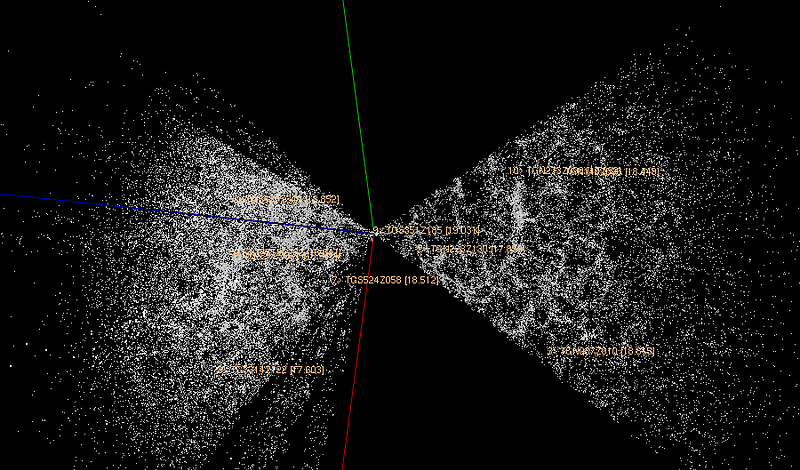
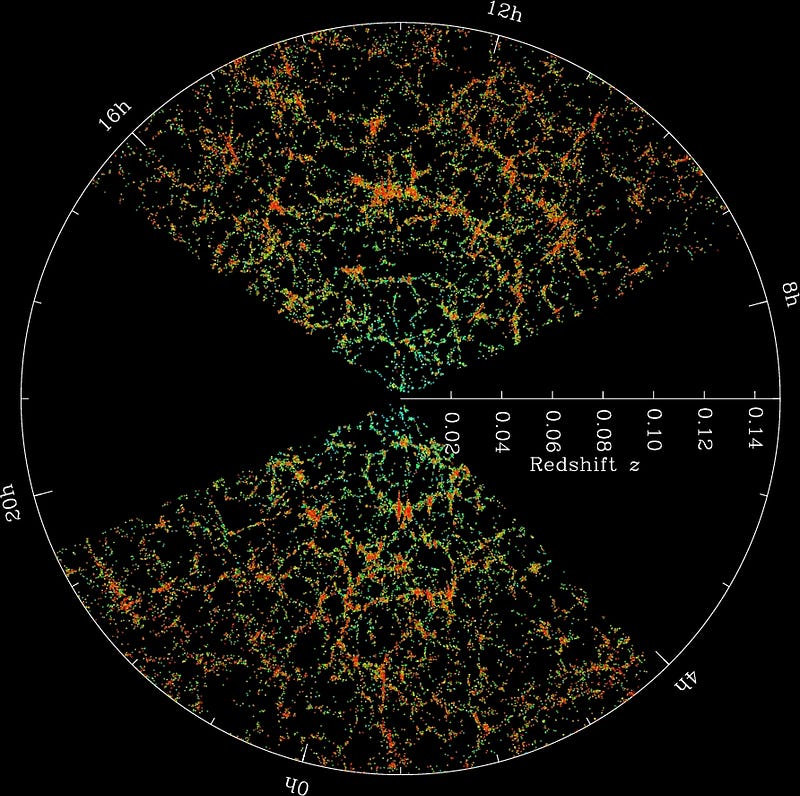
Since distance also equates to time, it follows that the density of galaxies was similar 2, 3, and 4 billion years ago. When examining galaxies 8 billion light years away, we observe them as they were 8 billion years ago, allowing us to verify the expanding universe hypothesis.
Returning to the raisin dough analogy, if we assess the density of raisins at the outset and then again at intervals, finding no change, we must conclude that the dough is not rising. Any baker would recognize this. What began as a simple analogy for a cosmological theory inadvertently serves as evidence that the universe may not be expanding.
Clarifying the Argument
This concept can be challenging to comprehend, so allow me to reiterate. (I have been astonished by how many astrophysicists struggle with these ideas, so I appreciate your patience.)
The expanding universe theory posits that as space expands, galaxies should spread out and become less densely packed over time. This implies that we would observe a lower density of galaxies at greater distances if the universe has been expanding throughout its history. Measurements have indeed been conducted on galaxy distribution.
All surveys indicate no significant change in the relative density of galaxies across the universe, suggesting uniformity over both space and time. While clumping does occur, with some areas exhibiting greater density, the level of clumping remains consistent at all distances. Therefore, the density of galaxies 8 billion light years away is not different from that of galaxies 2 billion light years away. The same holds true for any two distances. Consequently, since distance correlates with time, observations confirm that the density of galaxies 8 billion years ago is similar to that 2 billion years ago, leading us to conclude that the expansion theory is contradicted by the evidence.
The data indicates that the galaxy density in the universe has remained stable over time, and galaxies have not drifted further apart in more recent epochs. This challenges the expanding universe theory. Although the paradigm is flawed, astrophysicists continue to resist evidence that contradicts the prevailing theory, as well as alternative explanations for the anomalies.
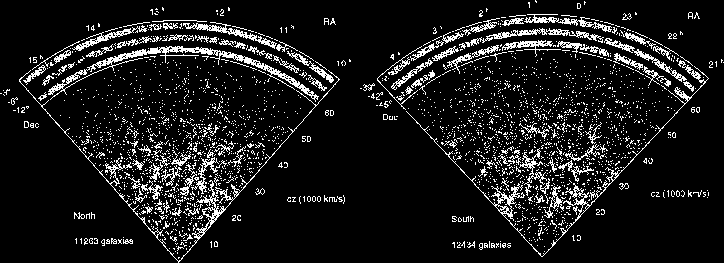
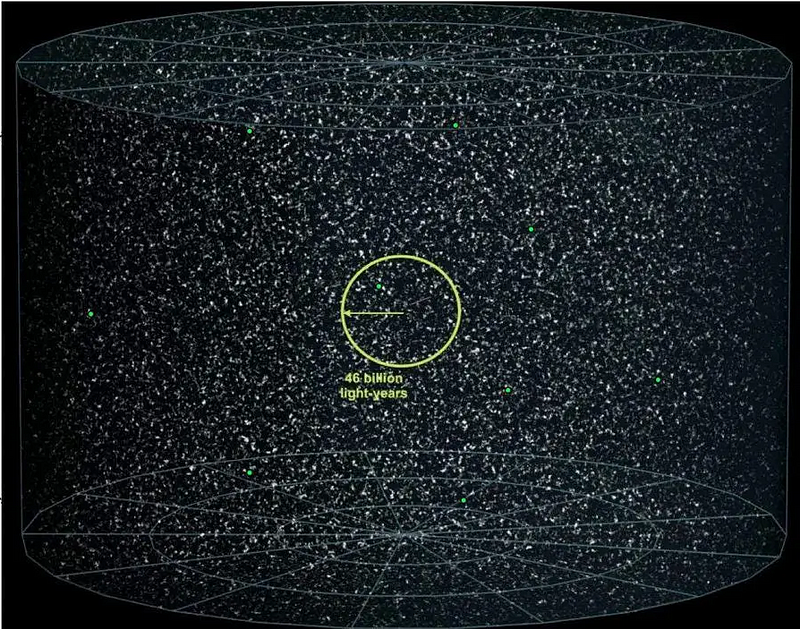
A Call for a Paradigm Shift
While I firmly believe that the universe is billions of years old, the expanding universe hypothesis is evidently incorrect. Why then do scientists persist in asserting the universe's expansion? This exemplifies "group think," a pervasive issue across various aspects of human society, including culture, religion, politics, and science. Kuhn's observations ring true: once a concept gains popularity, it generates inertia that resists change, even in light of new evidence. Beliefs, scientific or otherwise, are often maintained because they fulfill a particular purpose, though that purpose may not always align with the best interpretation of the evidence.
At times, even brilliant minds may exhibit intellectual laziness, neglecting to challenge prevailing notions. This tendency is heightened when like-minded individuals congregate, fostering confirmation bias. While science does eventually correct itself, this process can be slow. Kuhn was accurate in noting that science initially resists evidence that contradicts established paradigms and theories, as scientists are, after all, human and susceptible to cognitive biases.
Astrophysicists must devise a new paradigm—one that clarifies the observed redshifts in galaxies. The assumption that these can be attributed to an expanding universe is incompatible with other observations. While I cannot predict what this new theory might entail, it is clear that the current framework is flawed, a realization that may be more apparent to those looking in from the outside.